Story Source BoingBoing
Written by Klint Finley
You don’t play the ANS synthesizer with a keyboard. Instead you etch images onto glass sheets covered in black putty and feed them into a machine that shines light through the etchings, trigging a wide range of tones. Etchings made low on the sheets make low tones. High etchings make high tones. The sound is generated in real-time and the tempo depends on how fast you insert the sheets.
This isn’t a new Dorkbot or Maker Faire oddity. It’s a nearly forgotten Russian synthesizer designed by Evgeny Murzin in 1938. The synth was named after and dedicated to the Russian experimental composer and occultist Alexander Nikolayevich Scriabin (1872–1915). The name might not mean much to you, but it illuminates a long running connection between electronic music and the occult.
You can find traces of the occult throughout the history of electronic music. The occult obsessed Italian Futurist Luigi Russolo built his own mechanical instruments around 1917. The famous Moog synthesizer made an early appearance in Mick Jagger’s soundtrack to Kenneth Anger’s occult film Invocation of My Demon Brother in 1969. And in the late 1970s Throbbing Gristle built their own electronic instruments for their occult sound experiments, setting the stage for many of the occult themed industrial bands who followed. The witch house genre keeps this tradition alive today.
It’s little the surprise otherworldly sounds and limitless possibilities of synthesizers and samplers would evoke the luminous. But there’s more to the connection. The aim of the alchemist is not just the literal synthesis of chemicals, but also synthesis in the Hegelian sense: the combination of ideas. Solve et Coagula. From the Hermetic magi of antiquity, to Aleister Crowley’s OTO to modern chaos magicians, western occultists have sought to combine traditions and customs into a single universal system of thought and practice.
Electronic music grew from similar intellectual ground, and it all started with Scriabin.
Scriabin’s Synthesis
Scriabin is remembered by classical music scholars for his pioneering work in atonality and multimedia. As almost all of Scriabin’s biographers note, he was deeply influenced by Theosophic Society co-founder Madame Blavatsky’s highly syncretic form of occult thought, and Theosophy informed some of his most famous works.
In his final symphony, Prometheus: Poem of Fire, Scriabin used tool he built himself, called the “tastiera per luce” to project colors in sync with the music. He used tables of correspondence from Theosophy that associated different colors and tones with different planes of reality, such as spirituality and reason. Scriabin’s obsession with associating colors with particular tones lead to suggestions that he had synesthesia. But after Prometheus, he abandoned Theosophy’s tables of correspondence and created his own, leading scholars B. M. Galeyev and I. L. Vanechkina to conclude that Scriabin did not actually have the condition. Yet a drive to synthesize aspects of the occult with sound, light and other senses into a single art form remained.
Scriabin synthesized his own indiosyncratic form of mysticism influenced by Theosophy, the Russian Symbolist movement and thinkers like Friedrich Hegel (the granddaddy of synthesis), Konstantin Bal’mont, Prince Evgenii Trubetskoy and Vladimir Solovyov, according to a paper by Emanuel E. Garcia. This line of occult thinking inspired his unfinished magnum opus Mysterium.
Mysterium was to be what today we’d call a multimedia arts festival. Here’s how John Bell Young described the would-be event:
Scriabin’s dream was to stage the Mysterium in the Himalaya. He conceived it as a grand purification ritual where bells were to be suspended from clouds. Thousands of participants, clad in white robes, would intone his melismatic mantras with the fervor of the dervishes, expending every bit of their available energy in the service of his artistic idealism. He envisioned an orgy of the senses, and to this end created a choreography of lights, odors, colors and exotic dances. This was to have gone on for a week, leading to the apocalypse and the end of time. Thus transcended, the physical world, and ego itself would dematerialize; man would be reborn as pure concept. He even went as far as to purchase a plot of land in the Himalaya, fully expecting to realize this magniloquent event.
The apocalyptic vision seems to be plucked right from Blavatsky’s The Secret Doctrine, which predicted that modern humans would be replaced by a more evolved race.
Synthesis in Italian and Russian Futurism
 Both Scriabin and Theosophy were significant influences on the Italian Futurist movement, particularly Futurist Manifesto author Filippo Marinetti and “Art of Noises” author and electronic music pioneer Luigi Russolo, according to Luigi Russolo, Futurist: Noise, Visual Arts, and the Occult by Luciano Chessa. The Futurists’ ambitions to unite art, science and politics echoed the Theosophical Society’s efforts to synthesize science and spirituality.
Both Scriabin and Theosophy were significant influences on the Italian Futurist movement, particularly Futurist Manifesto author Filippo Marinetti and “Art of Noises” author and electronic music pioneer Luigi Russolo, according to Luigi Russolo, Futurist: Noise, Visual Arts, and the Occult by Luciano Chessa. The Futurists’ ambitions to unite art, science and politics echoed the Theosophical Society’s efforts to synthesize science and spirituality.
The Russian avant garde, broadly referred to as “Futurists,” adopted ambitious endeavors of synthesis as seen in Andrey Smirnov and Liubov Pchelkina’s paper “Russian Pioneers of Sound Art in the 1920s.” And while the Italian Futurists aligned with the Fascists (Marinetti went on to co-author the Fascist Manifesto, which differed greatly from fascism in practice), the Russian avant garde aligned with Marxism. Lunacharsky, the People’s Commissar of Enlightenment, told the composer Sergei Prokofiev “You are revolutionary in music as we are revolutionary in life – we should work together.” And of course Marx and Engel were, like Scriabin, influenced by Hegel. Marxists were no strangers to grand unification theories.
The Russian avant garde was far ahead of the West in the development of electronic instruments. Leon Theremin, inventor of the first mass produced electronic instrument, is the best remembered experimenter of this period. The Theremin synthesizes motion and sound the same way the ANS sythesizes images and sound. But his eponymous instrument was hardly Theremin’s only experiment. “Theremin worked on countless projects, striving to bring music, light, movement, smell and touch together in a single technology,” Smirnov and Pchelkina wrote. Scriabin would have been proud.
Some of Theremin’s peers went further in trying to synthesize art, engineering and politics. For example, artist and philosopher Solomon Nikritin’s theory “Projectionism” applied not just to art but to the creation of a whole new society. “Nikritin went so far as to attempt in 1924 to chart the process of evolution of consciousness and creative energy of society from simple, primitive states to the perfection of the future classless society,” Smirnov and Pchelkina wrote. If that sounds like Scriabin or Blavatsky, perhaps it’s because there’s an indirect influence of Theosophy on Nikritin’s Projectionism. Nikritin was influenced by Alexander Bogdanov’s theory of Tektology (a forerunner of cybernetics and systems theory), and Bogdanov was influenced by the mystic philisopher Vladamir Solovyov (see Stefan Rossbach’s Gnostic Wars and Charlotte Douglas’s essay “Energetic Abstraction” published in the book From Energy to Information).
The ANS
The political tides turned against the Russian avant garde by the time Murzin began working on the ANS in 1938. As Isobel Clouter explains in an episode of the BBC radio show The Soundhunter, most early sound art projects were destroyed. Engineers were forced to work on art projects in secret and had little access to parts. These conditions slowed down the development of the ANS. According to Stanislav Kreichi, Murzin’s assistent and only surviving operator of the ANS, Murzin didn’t have access to a lab in which to complete the ANS until 1958. The delayed completion may have saved it from the fate of the other avant garde sound art machines. Yet according to Smirnov and Pchelkina it was the last Russian sound art creation not based on Western prototypes. The future of electronic music would belong to Western and Japanese companies, not Russia.
The ANS went on to be used in the soundtrack for the Andrei Tarkovsky film Solaris in 1972, but today it sits in the basement of the Moscow State University behind a rope at the Glinka Museum of Musical Culture (Correction hat tip: avraamov), almost forgotten and seldom used. A few artists have recorded albums with it over the years, mostly notably the late occultists/electronic musicians Coil who traveled to Russia in 2002 to record their album ANS and the follow-up COILANS. Because, according to the liner notes, the band had only a three days to work with the machine, they opted to etch their own sigils onto sheets and convert these into sound rather than try to deliberately compose works.
Tomorrow
Today cheap computers and electronics components, along with open source technologies like the Arduino, Processing and PureData, have lead to a new renaissance in sound art. Dorkbot and Maker Faire provide venues for new sound and light experiments, like Christi Denton’s LAMOSO, which triggers sound using lasers.
Meanwhile, in a culture gripped by retromania the New Aesthetic movement is attempting to answer the question of “what’s next” in art and technology and taking a hard look at machines senses. Open source machine vision technology, machine learning algorithms and 3D printing all open new avenues to artist-engineer. There’s an opportunity for a new generation of cross-disciplinary synthesists to forge a new philosophy of everything by learning from history but shedding the superstitions and political dogma of the past.


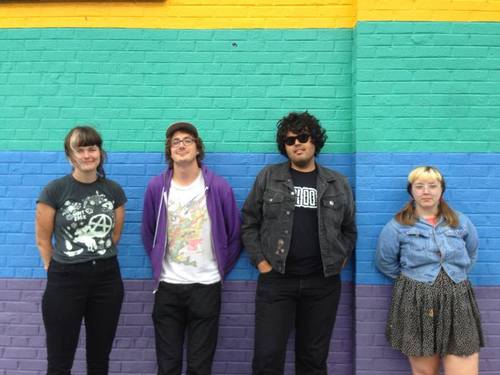

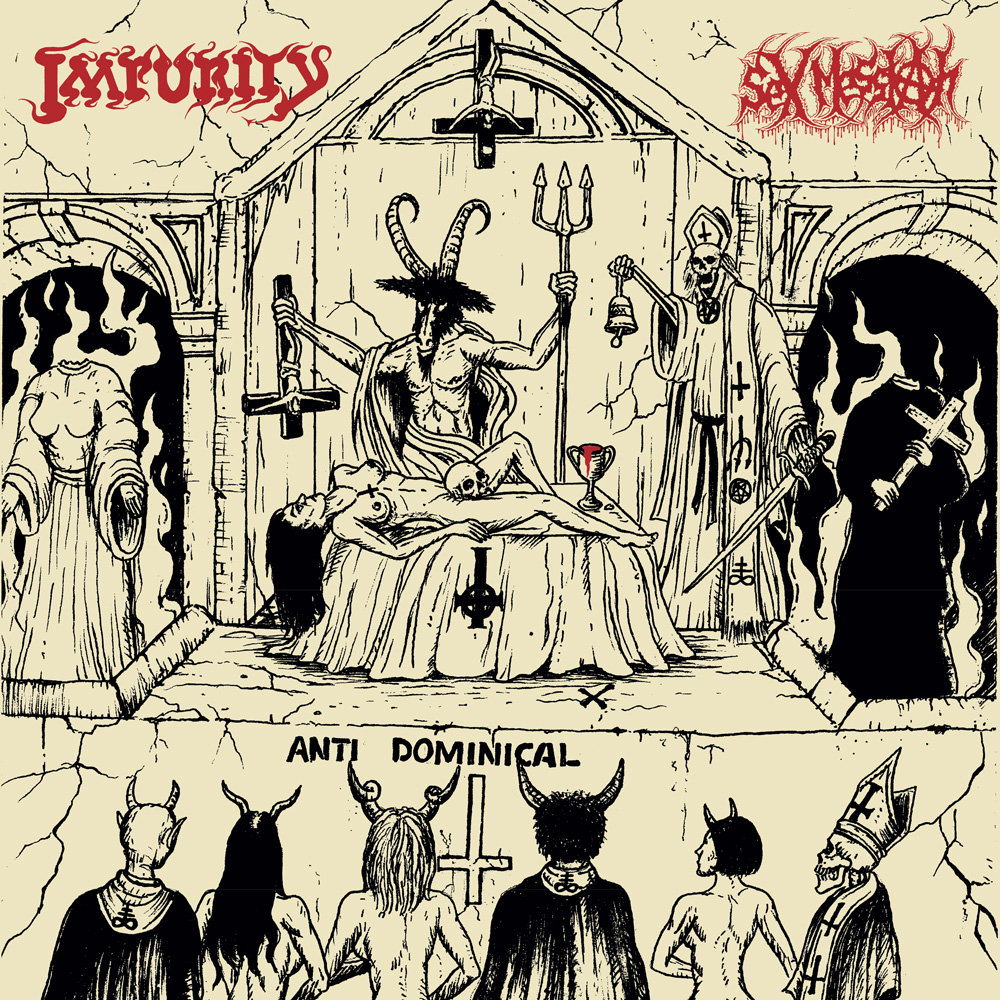

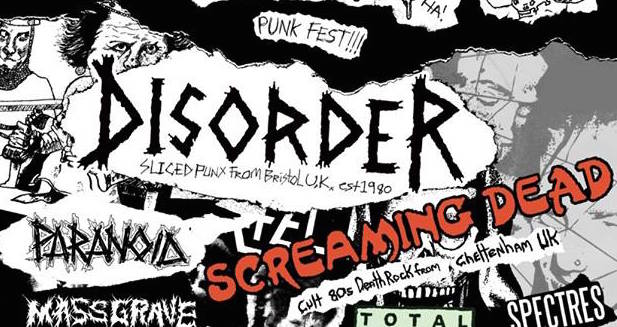

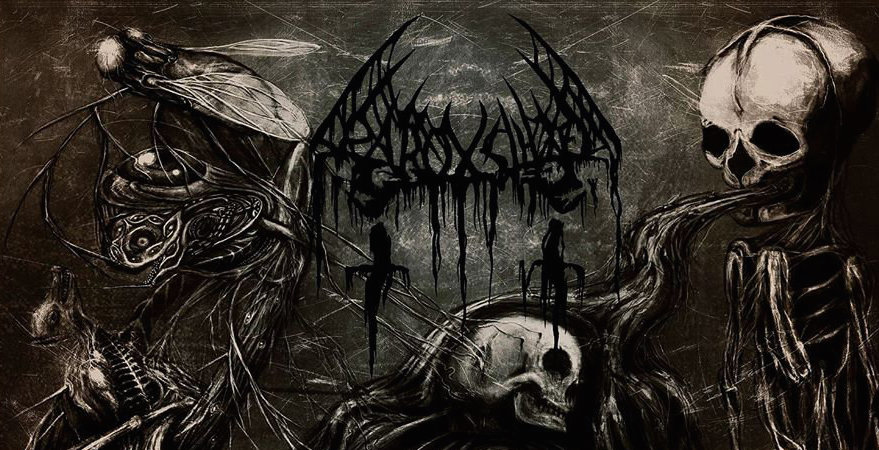
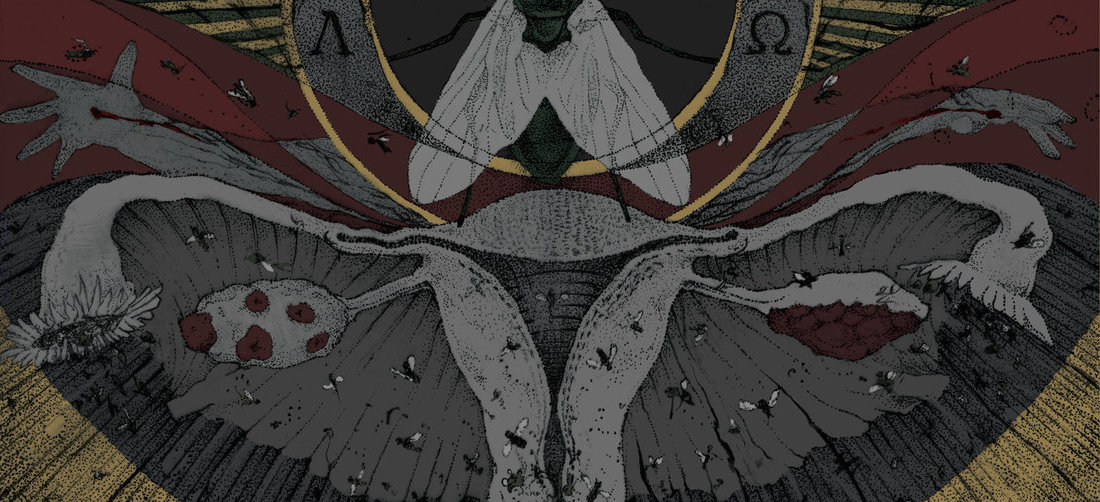
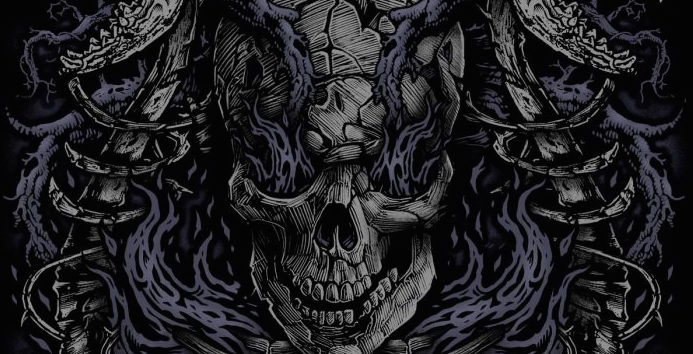
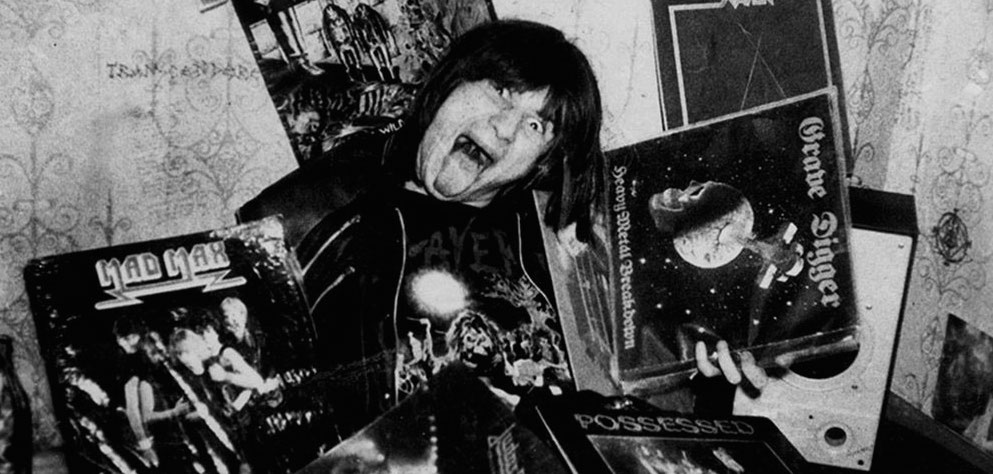
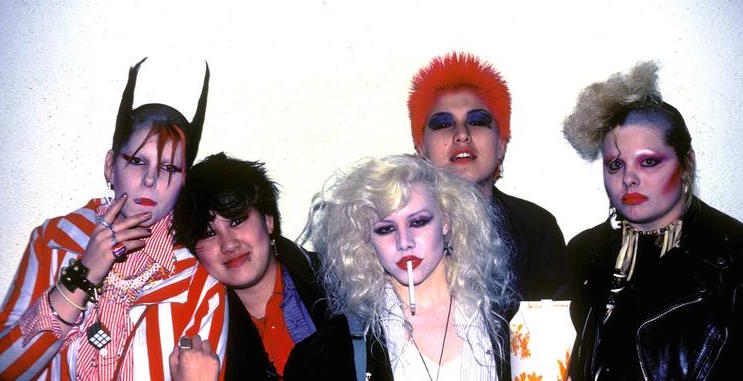
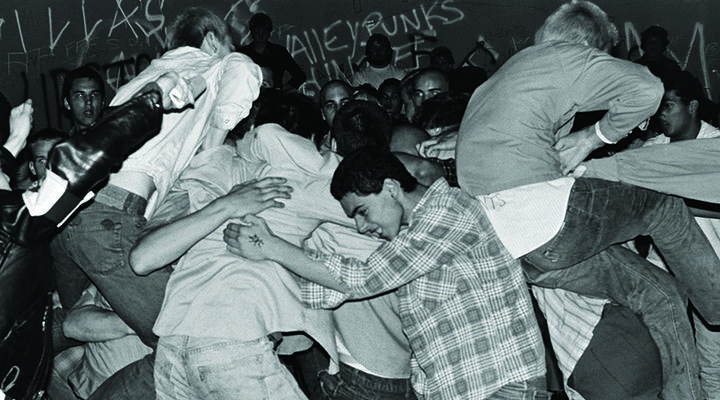


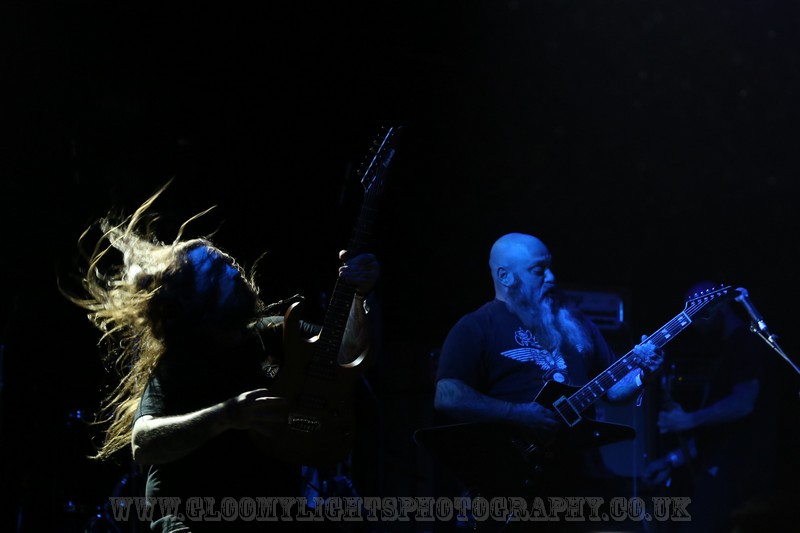



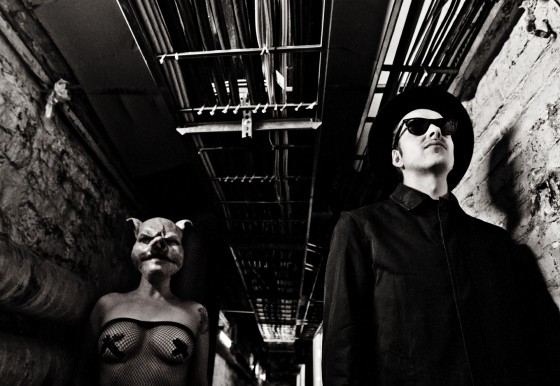
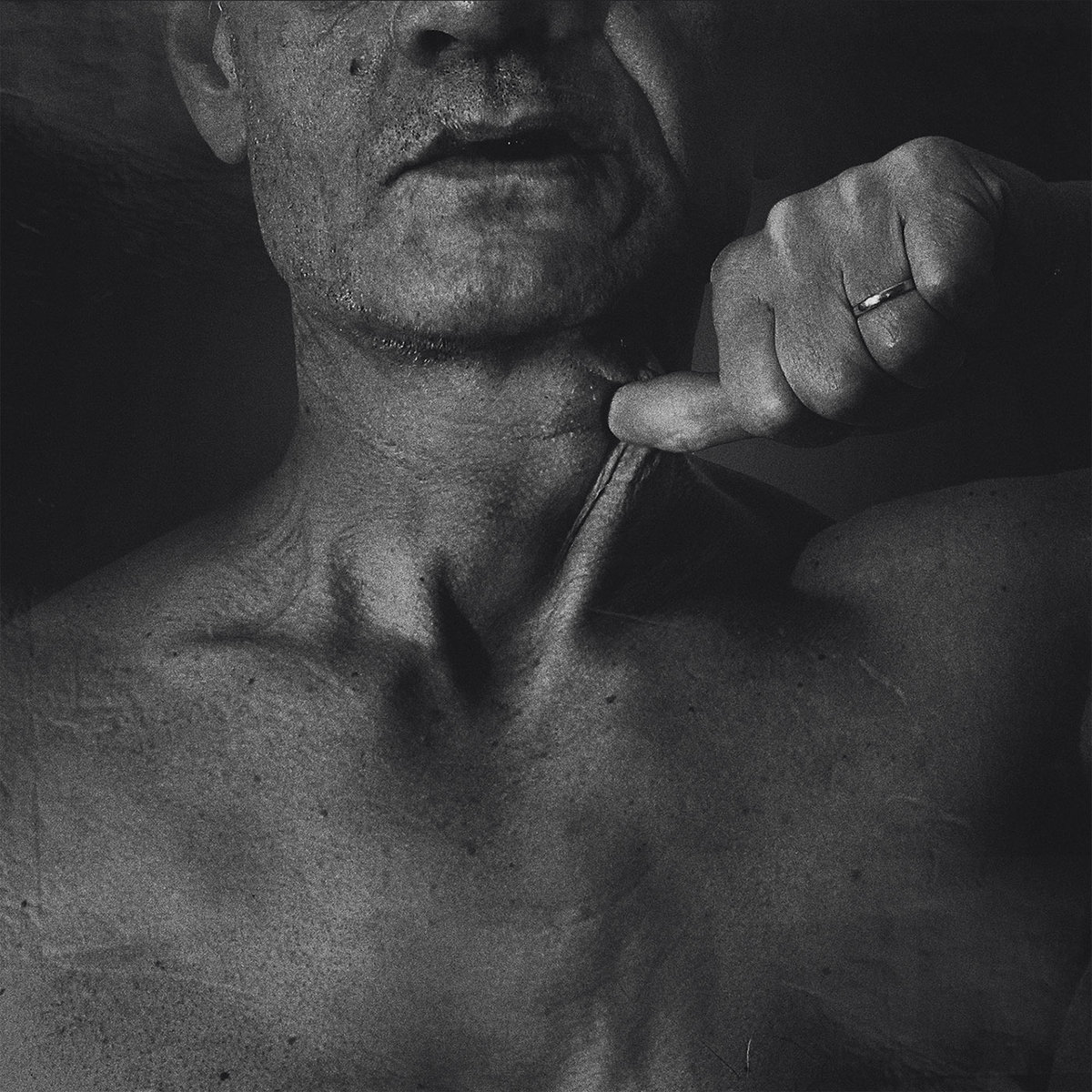

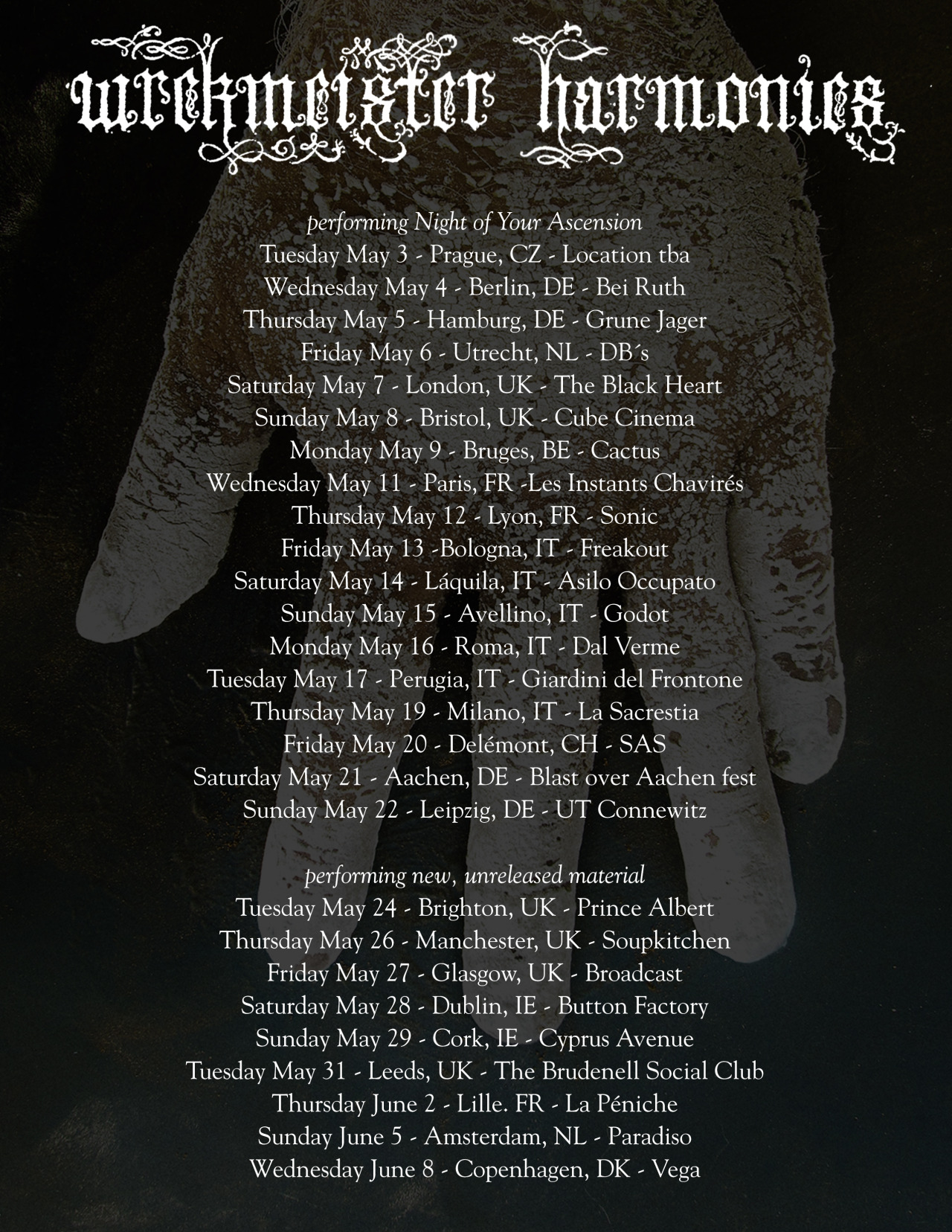
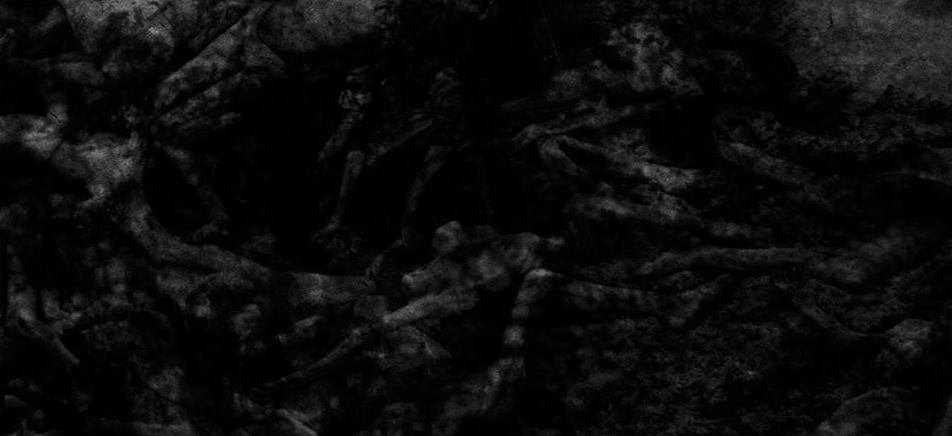
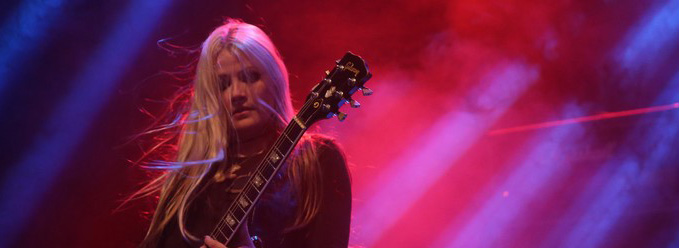
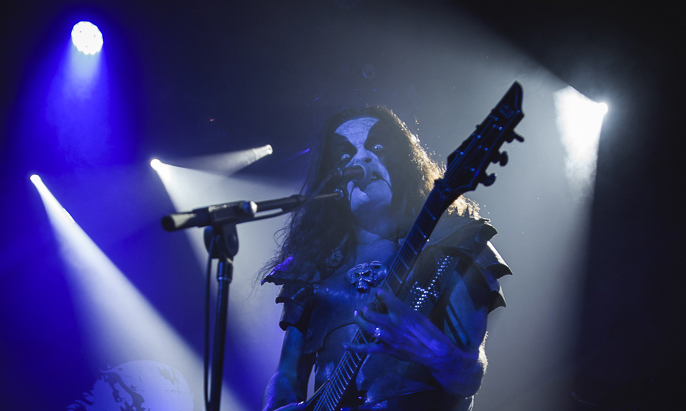

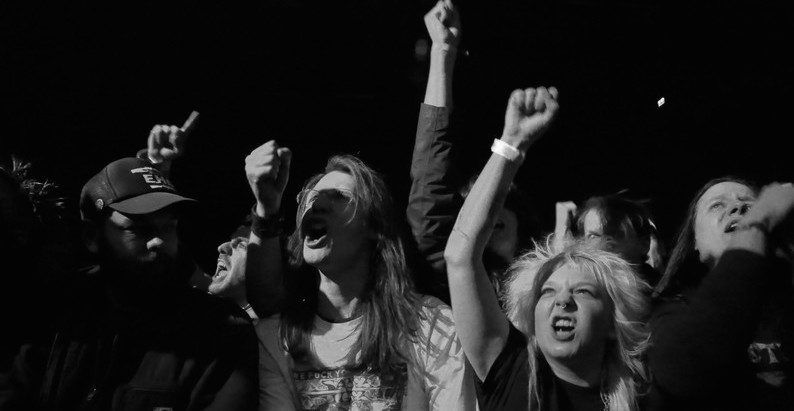
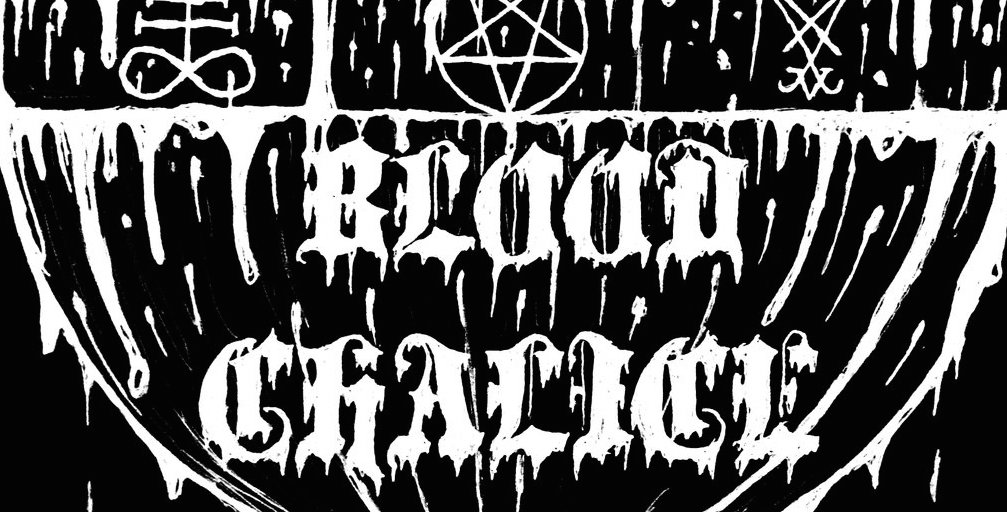
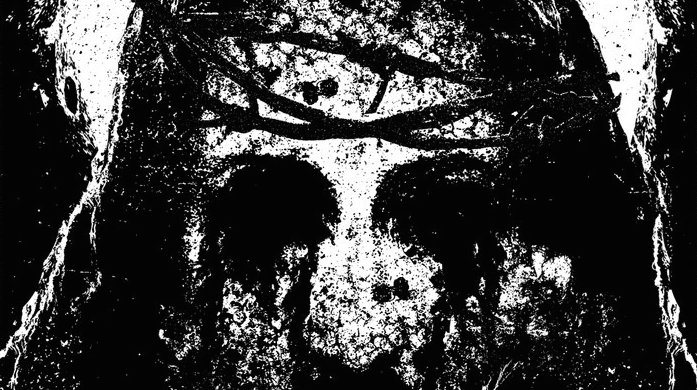
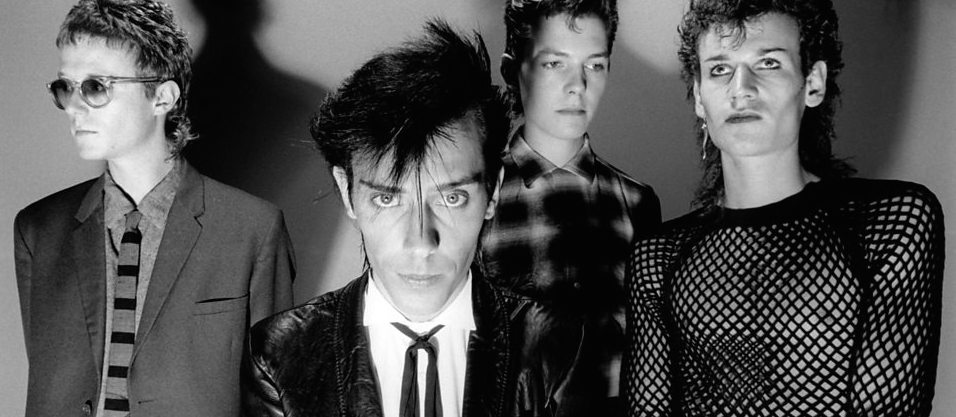



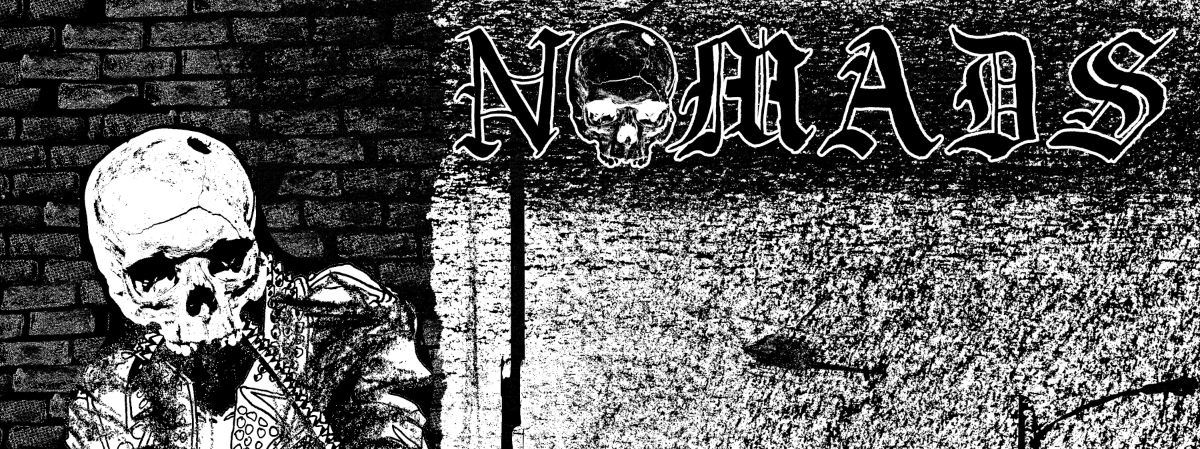
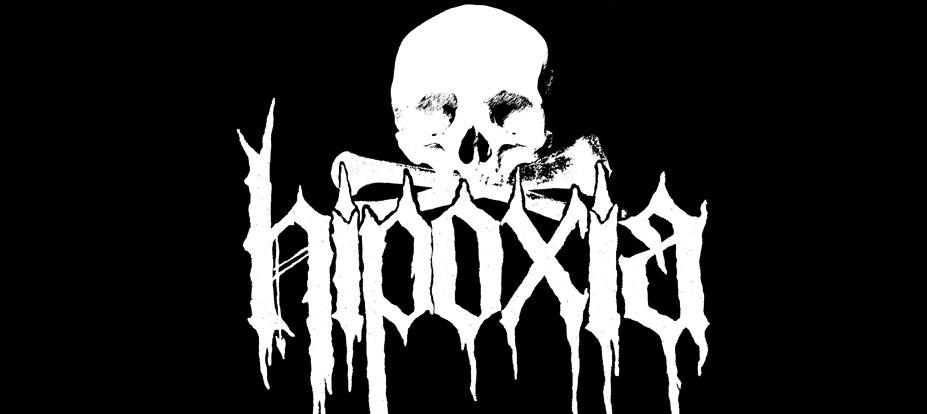
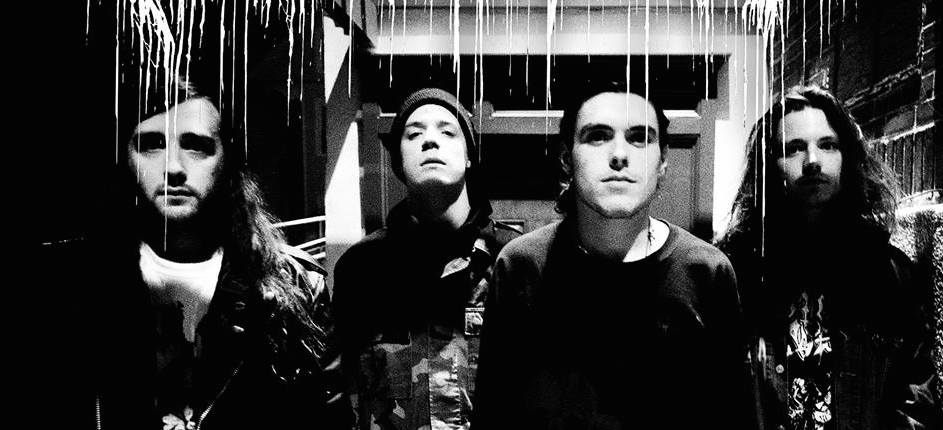
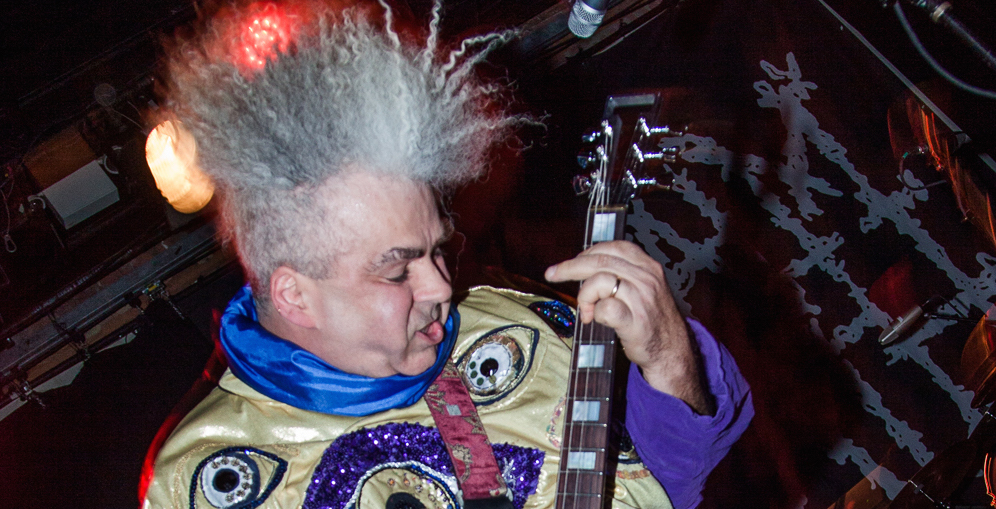

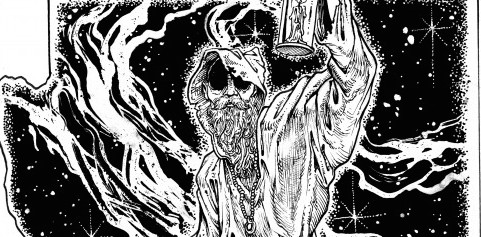
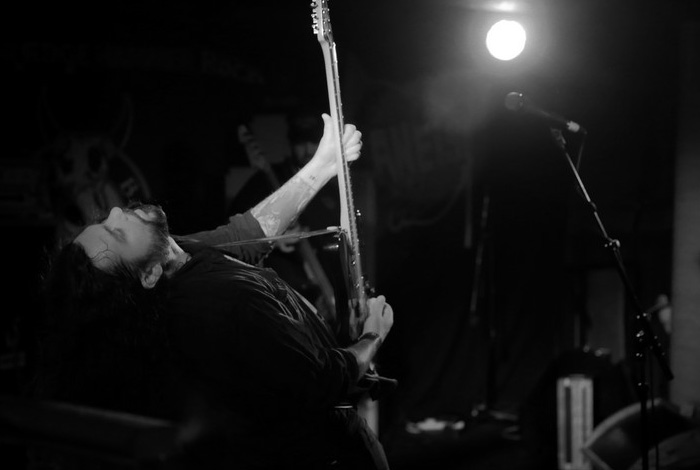
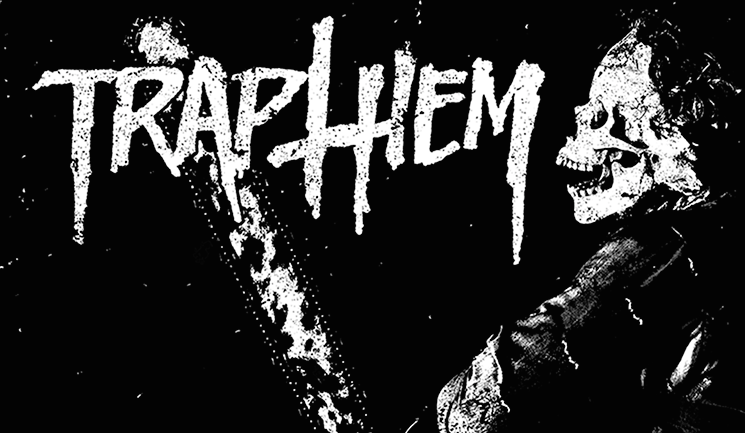

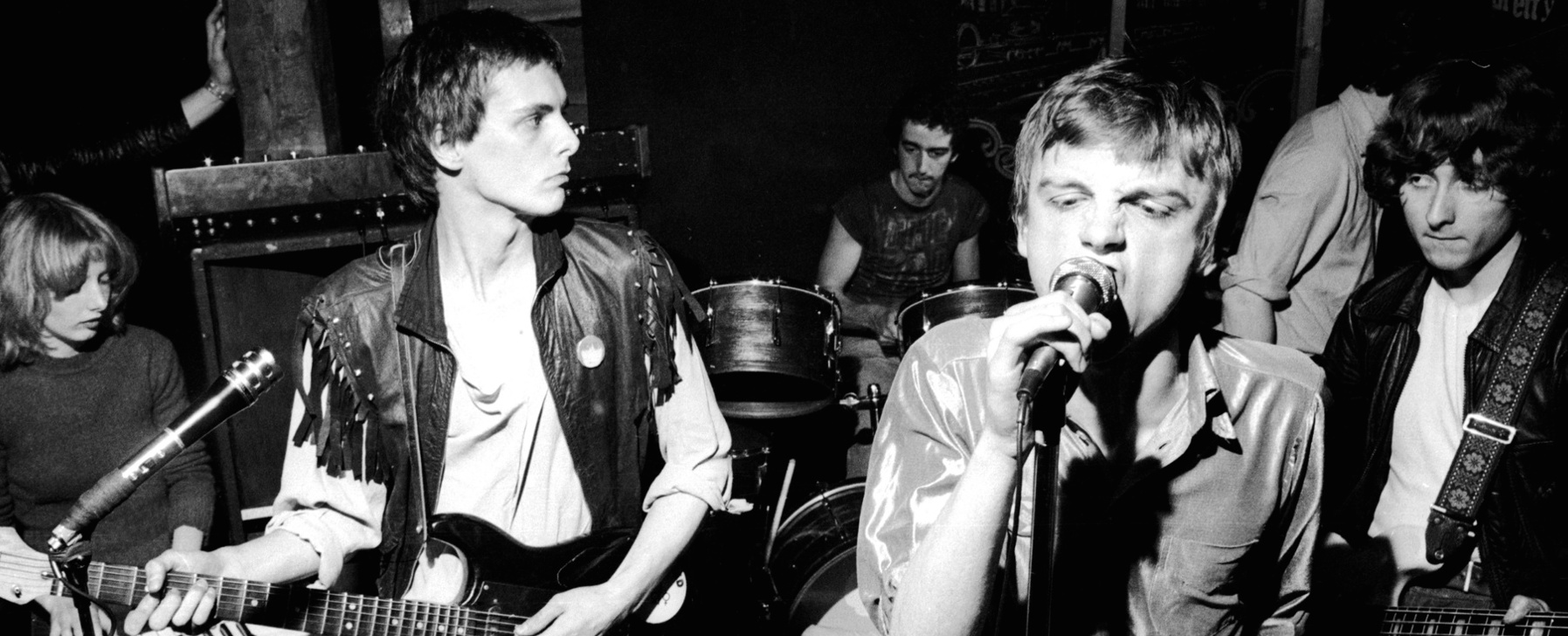

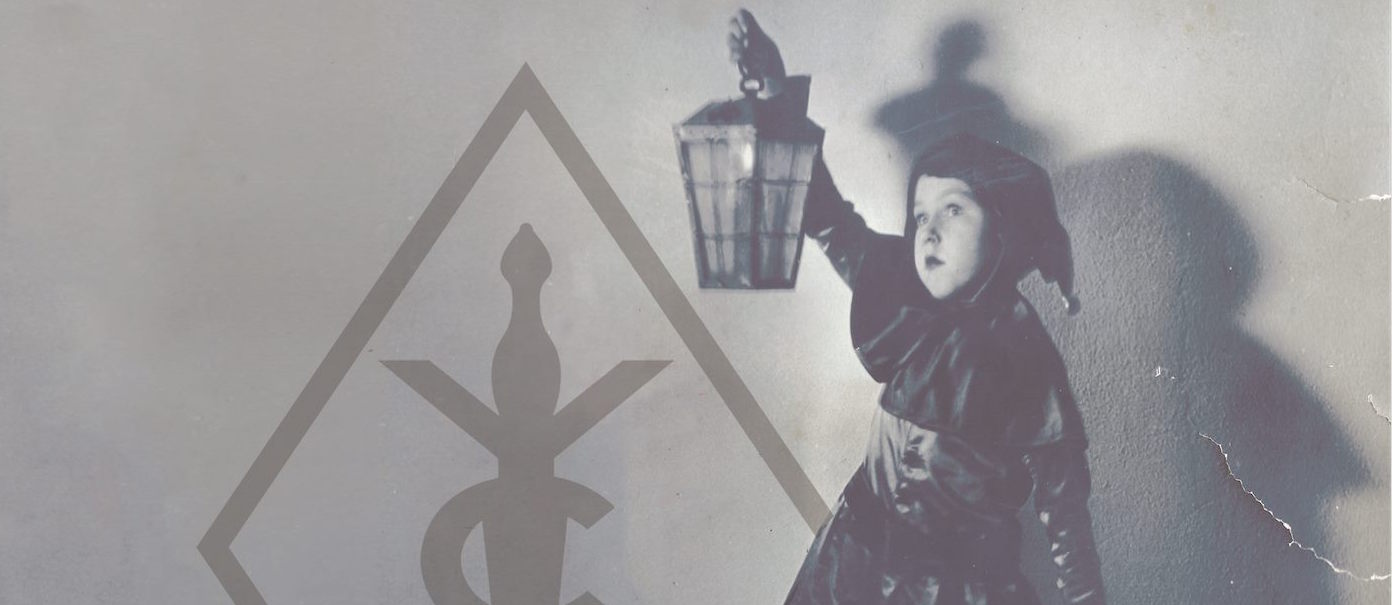

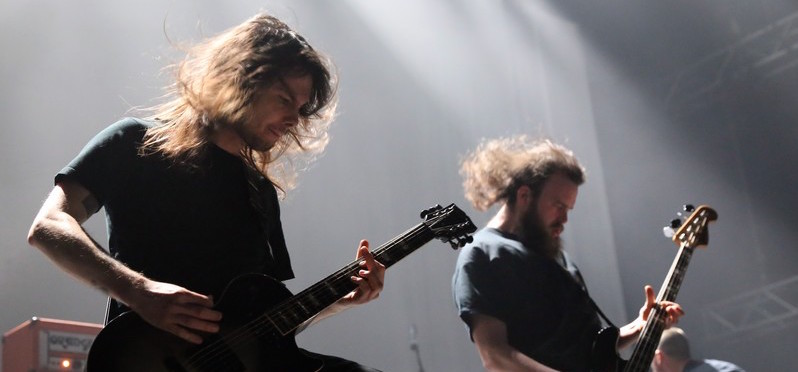

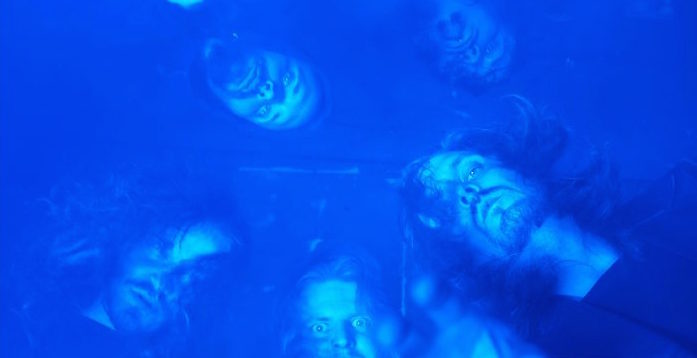
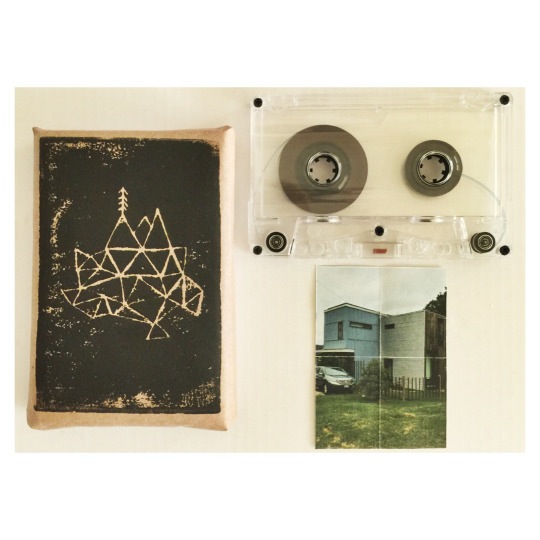
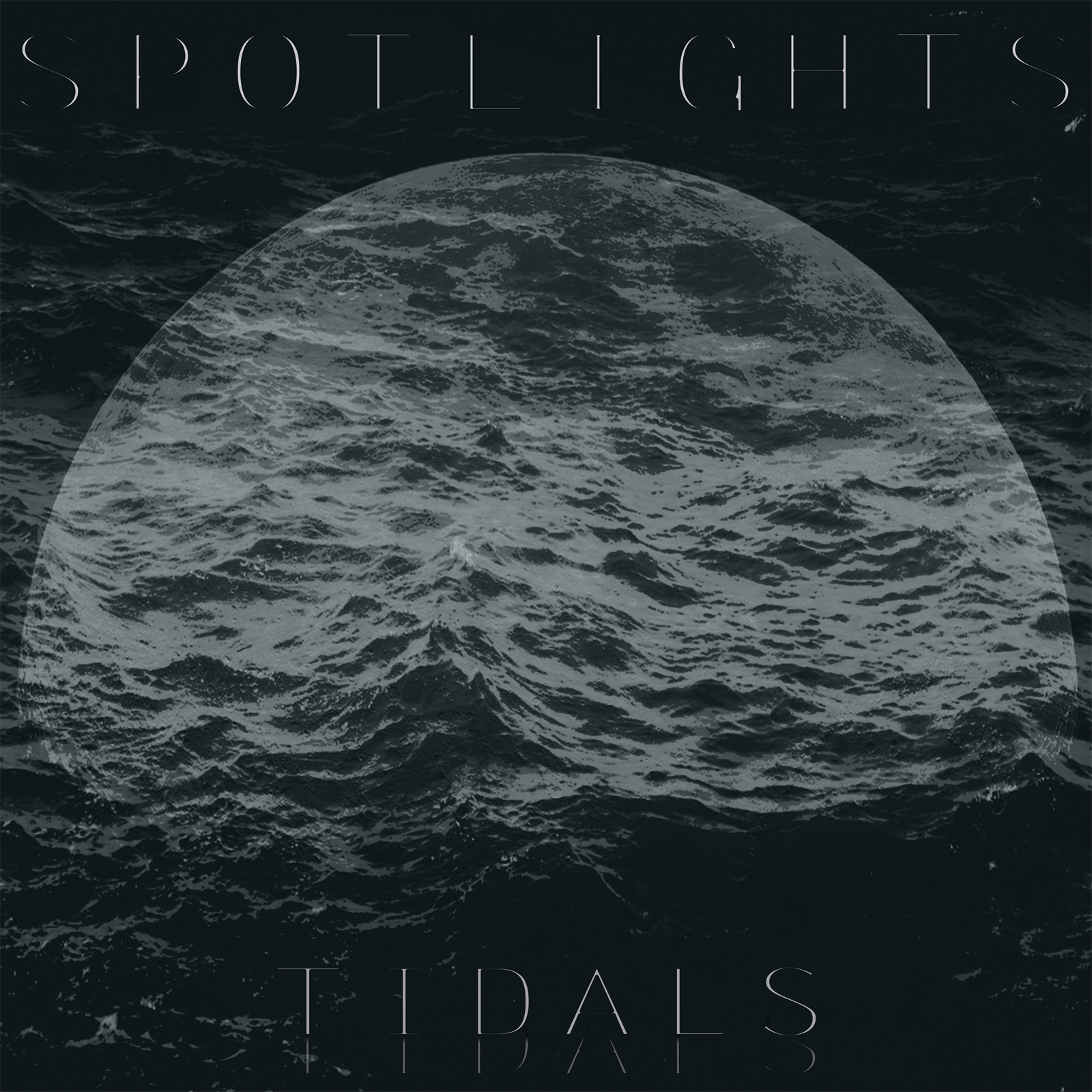
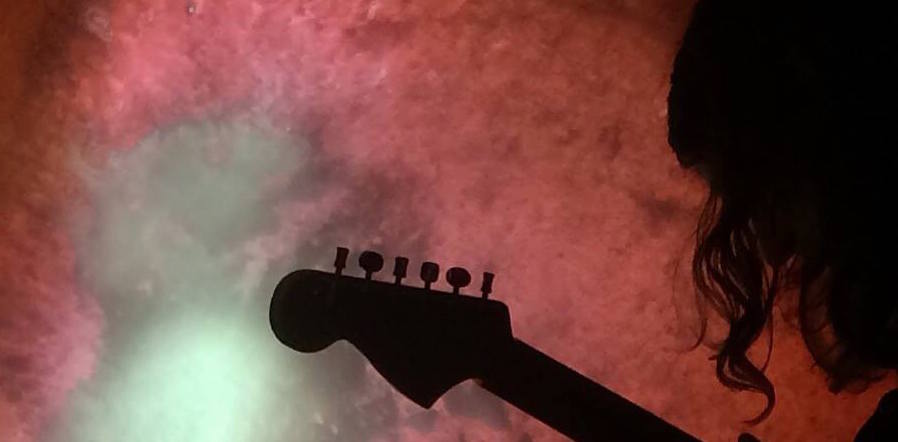

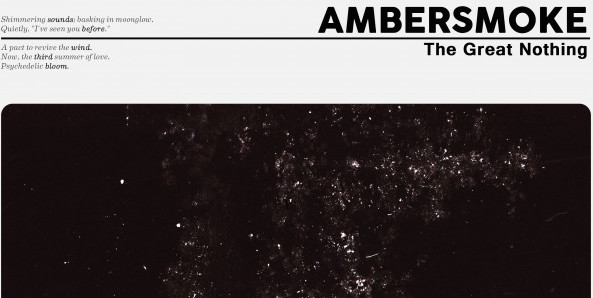
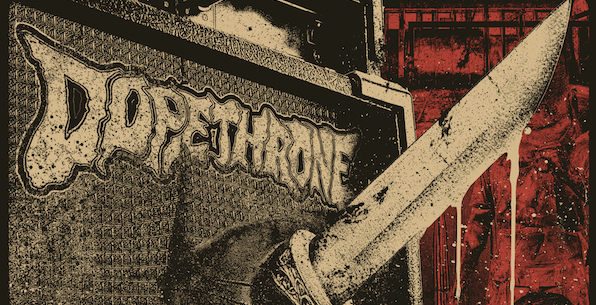


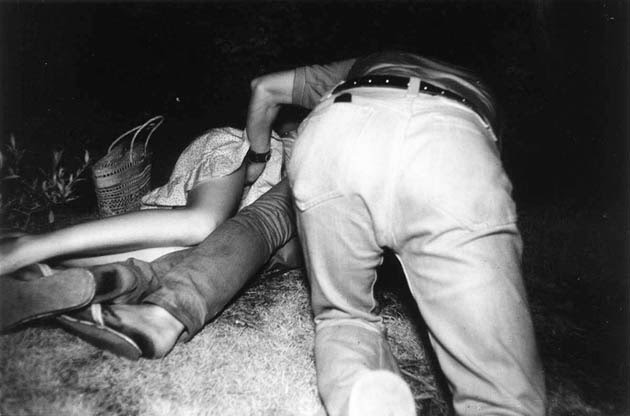
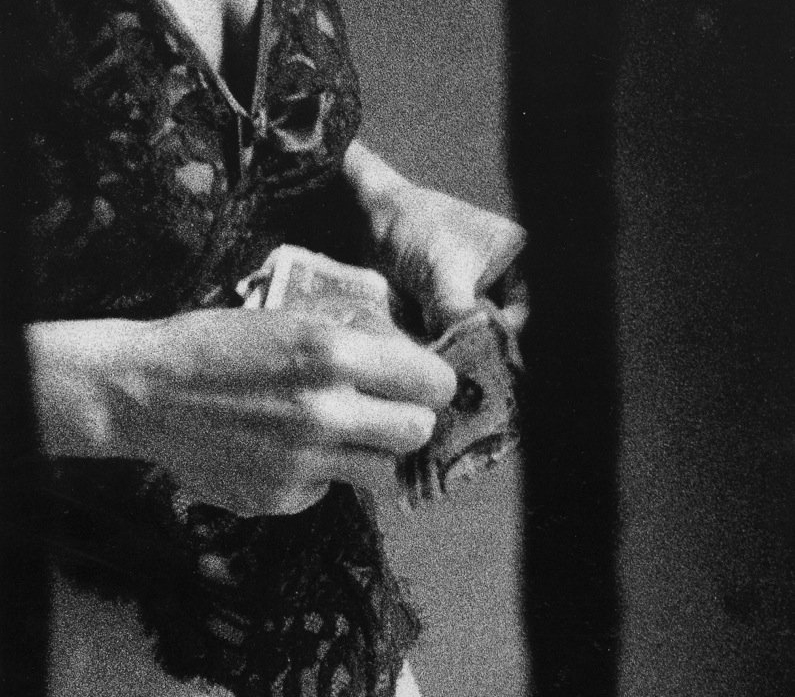
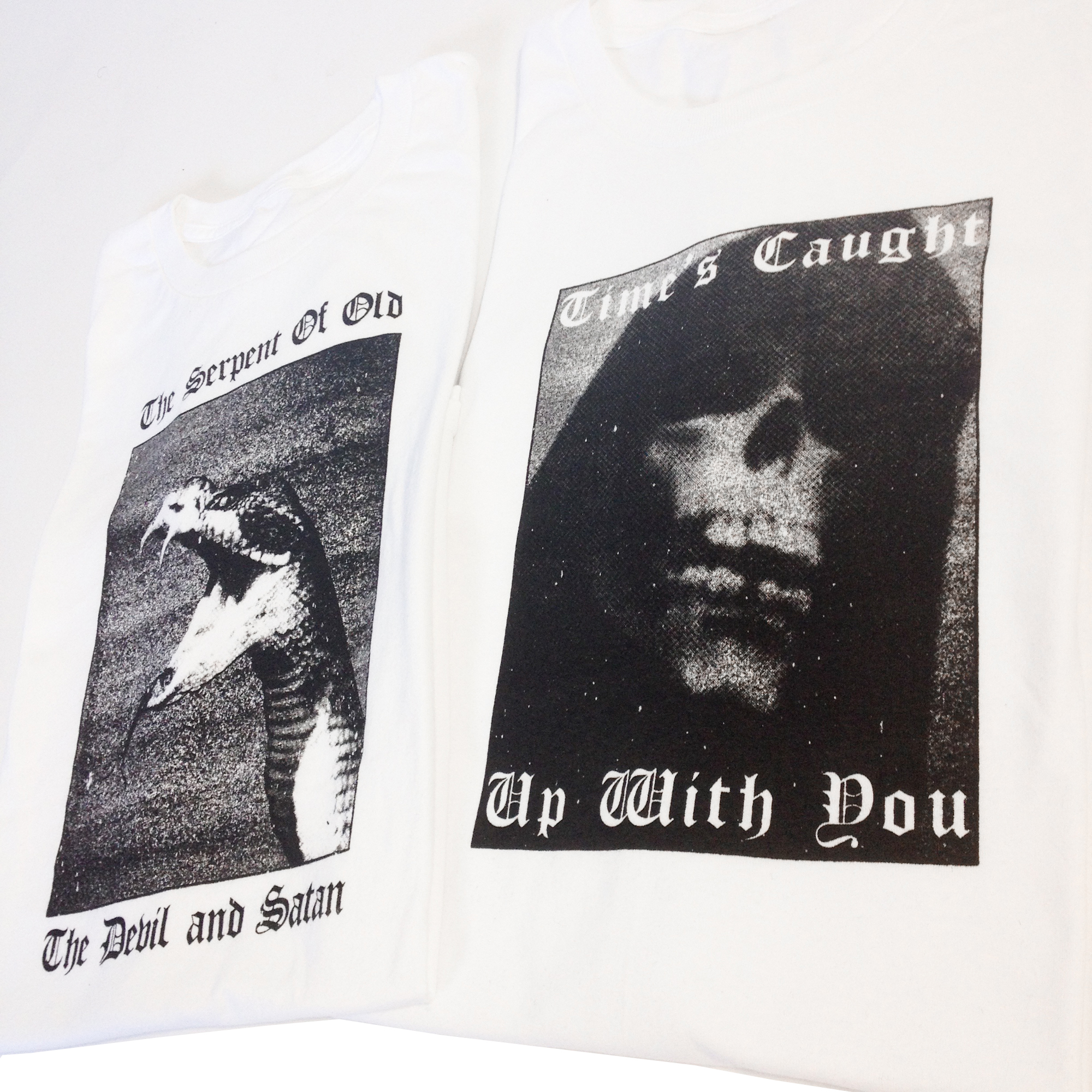


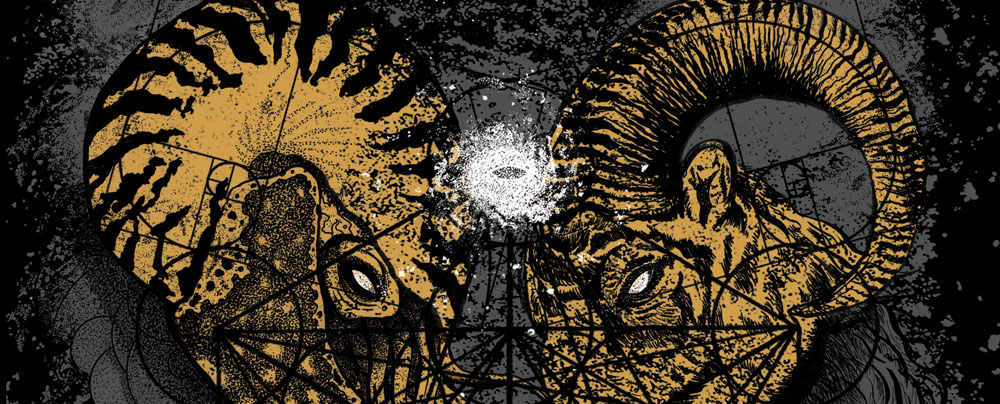

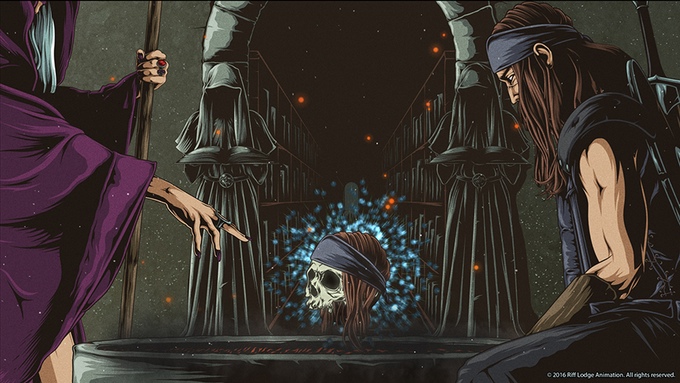
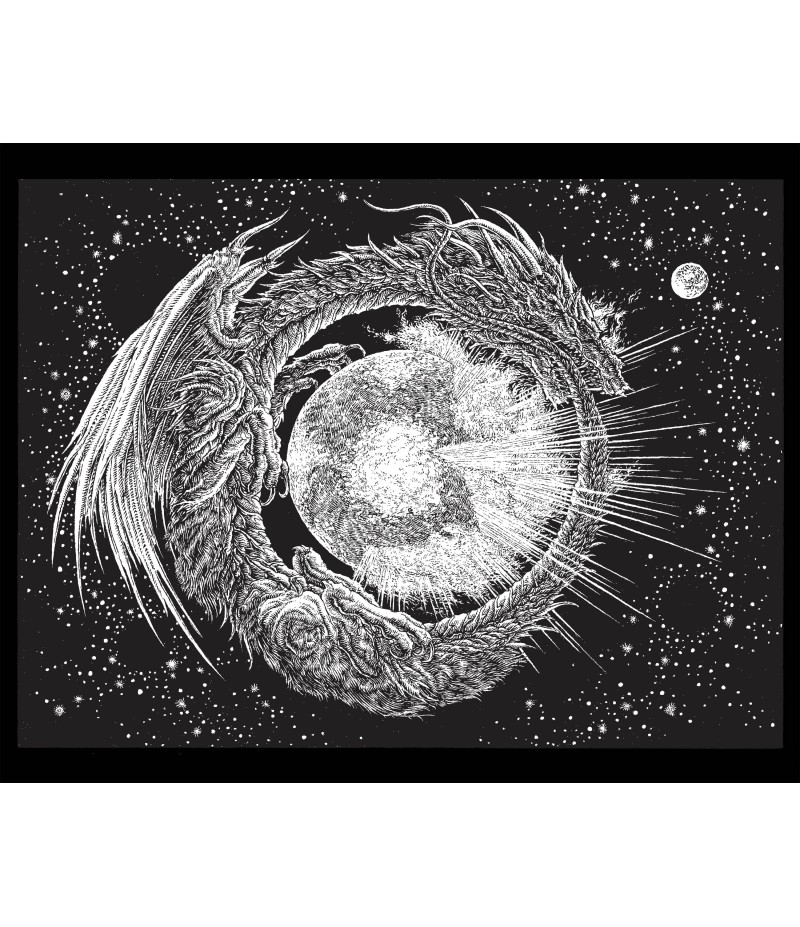



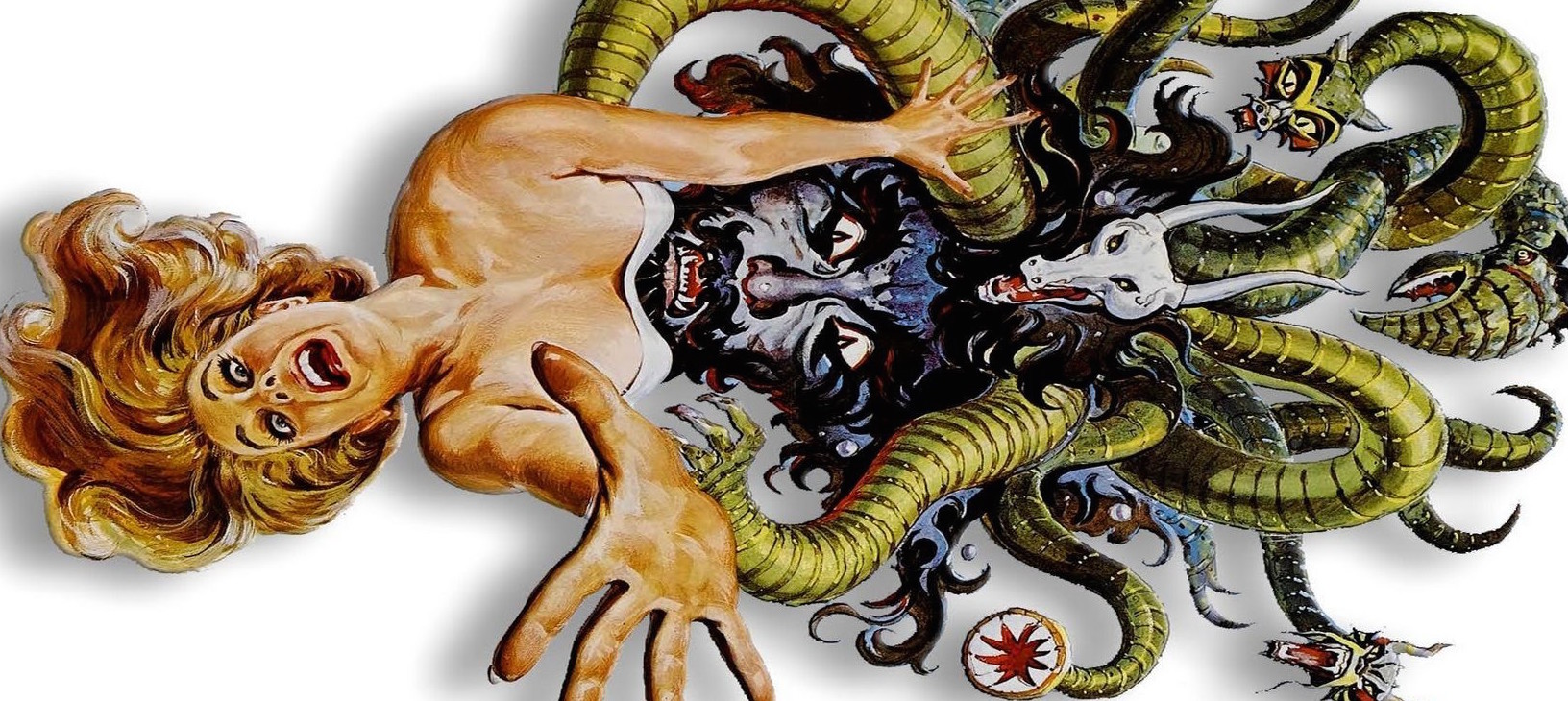

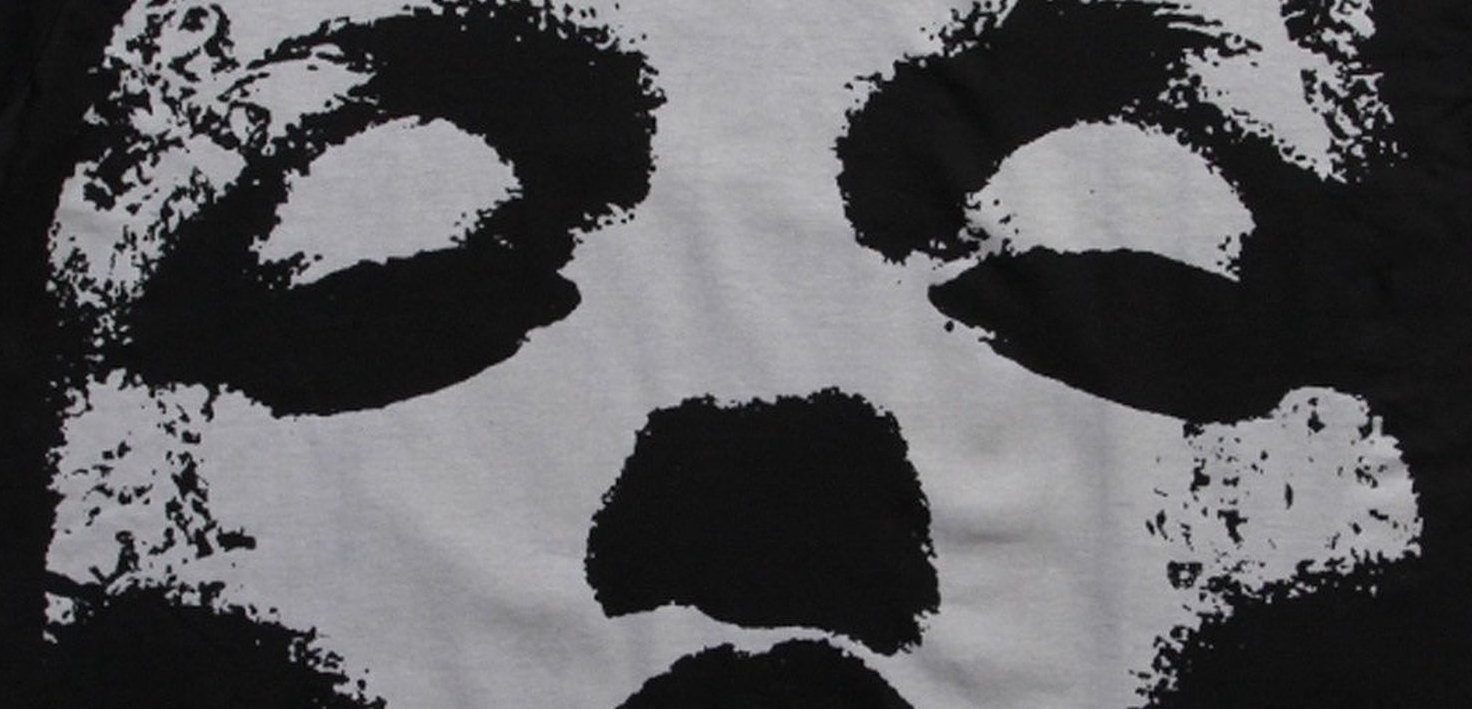
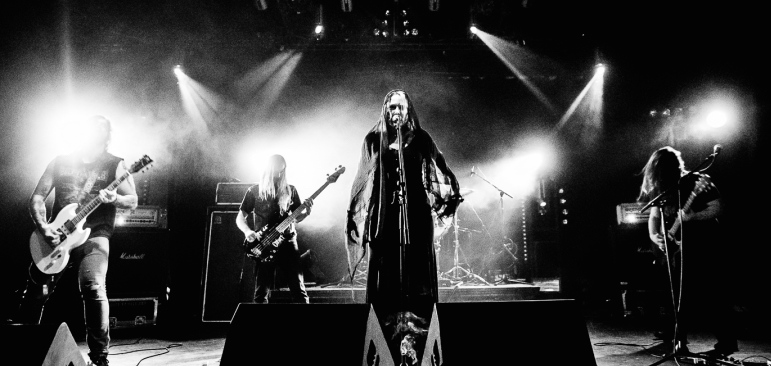
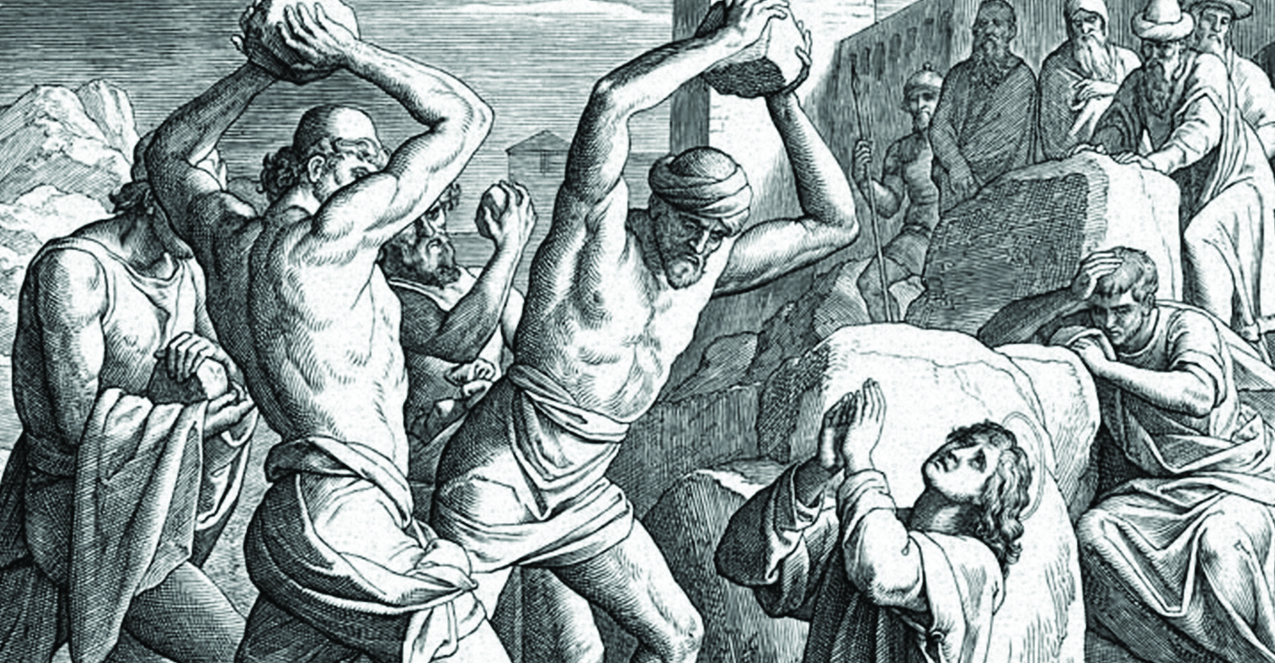
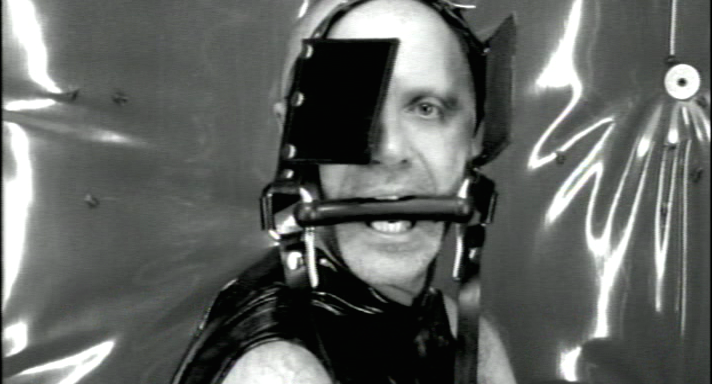

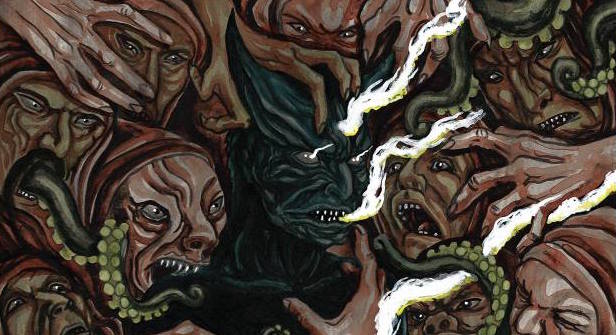
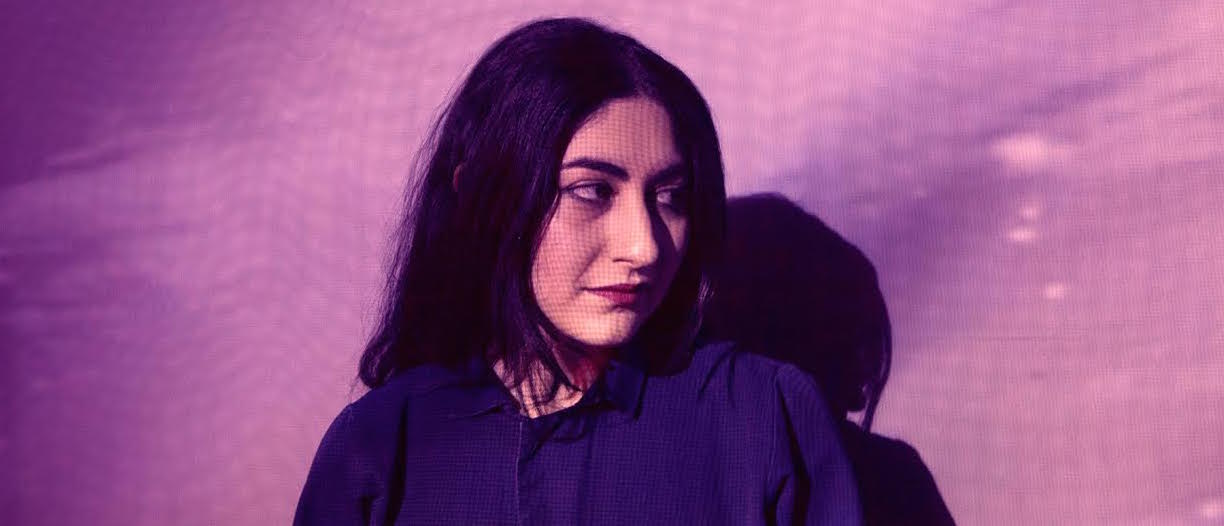

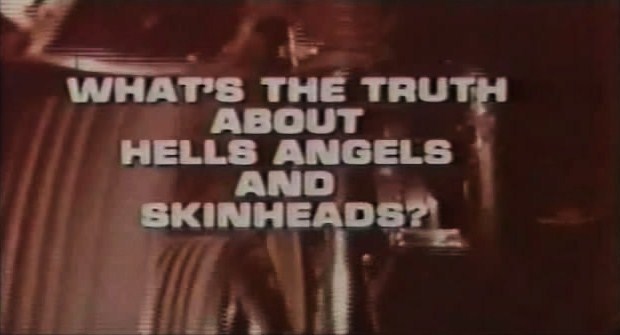









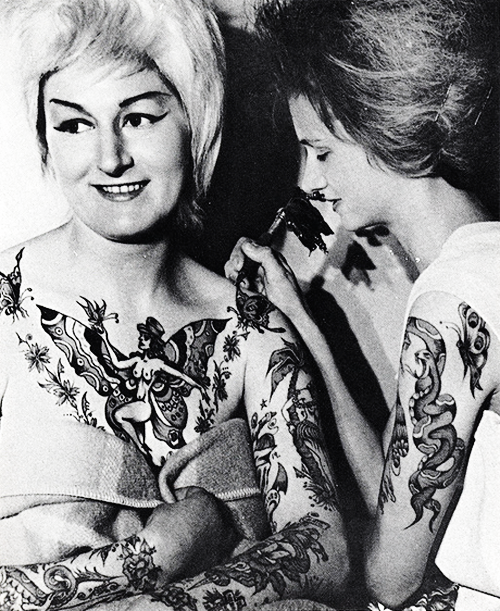









New Comments